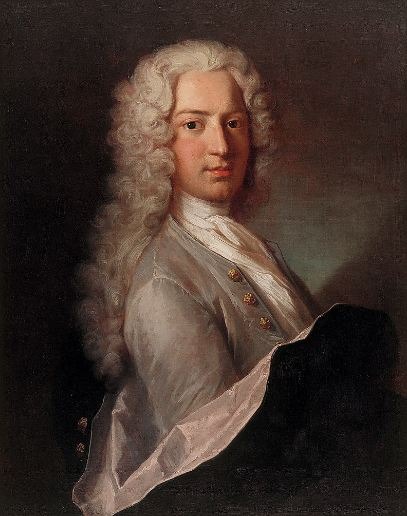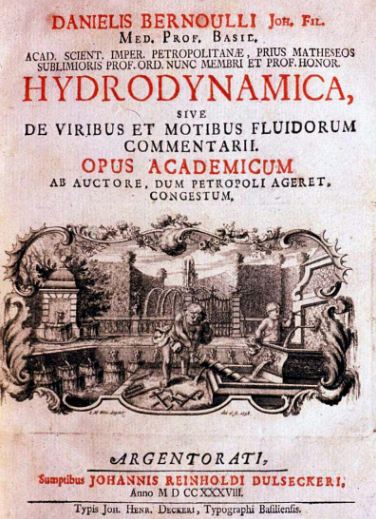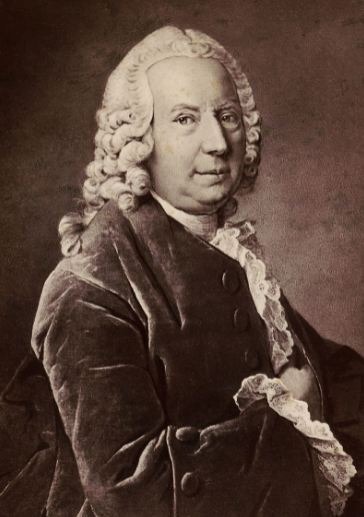Born in 1700, Daniel Bernoulli was a Swiss mathematician and physicist. He belonged to the Bernoulli family from Basel and was amongst the family’s most prominent mathematicians. He is known for his applications of mathematics to mechanics especially fluid mechanics and pioneering work in statistics and probability.
The Bernoulli principle is also named after him, which describes the mathematics of the operation of two 20th century important technologies, the carburetor and the airplane wing.
Early Life
According to the biography of Daniel Bernoulli, he was born in the Netherlands into a family that was known to include distinguished mathematicians. Although the Bernoulli family originally came from Antwerp but escaped or migrated to the Spanish Netherlands to run away from the Spanish persecution of the Protestants.
Daniel was the son of Johann Bernoulli and a nephew of Jacob Bernoulli. He had two brothers, Niklaus and Johann II. W.W. Rouse Ball described Daniel as “by far the ablest of the younger Bernoullis”. However, Daniel did not have a healthy relationship with his father.
The reason being that Daniel tied for the first place with his father in a scientific contest at the University of Paris, which brought shame to his father. As a result, Daniel was banned from his house. His father also plagiarized some key ideas from Daniel’s book Hydrodynamica into his own book Hydraulica.
Although Daniel continuously tried to reconcile with his father but he died carrying the grudge.
During his schooling days, Daniel’s father forced him to study business, knowing that poor rewards awaited a mathematician.
Even though Daniel refused but he later gave into his father’s wish. Later, his father persuaded him to study medicine and Daniel agreed but on a condition that his father would privately give him lessons on mathematics, which continued for some time. He studied medicine and earned a Ph.D. in anatomy and botany in 1721.
In addition to that, Daniel was also a close friend to Leonhard Euler. In 1724, he went to St. Petersburg as a professor of mathematics but was unhappy there. A temporary illness combined with censorship by the Russian Orthodox Church and salary disagreements gave him a reason to leave St.Petersburg in 1733. As a result, he returned to the University of Basel and continued work on medicine, natural philosophy, and metaphysics until his death.
Mathematical Work
Daniel Bernoulli contributions to mathematics are significant considering that he began mathematical work at a very young age. His earliest work was the Exercitationes published with the help of Goldbach in 1724. Two years later, he highlighted the frequent desirability of resolving a compound motion into motions of translation and motion rotation.
In 1738, he published Hydrodynamica, which is considered his chief work. His work resembled Joseph Louis Lagrange’s Mechanique Analytique is being arranged so that all the results are consequences of a single principle namely conservation of energy.
Bernoulli also published a memoir on the theory of tides along with the memoirs of Euler and Colin Maclaurin, helping him achieve a French Academy prize. These three memoirs contained important work on the subject by Isaac Newton and Pierre-Simon Laplace.
Both Bernoulli and Euler worked together to learn more about the flow of fluids. The pair was particularly interested in studying and understanding the speed at which the flood flows and its pressure. Daniel experimented with this by puncturing a wall of pipe using a small open-ended straw. He concluded that the height of the leaking fluid is related to the pressure of the fluid in the pipe.
Following the experiment, physicians all over Europe were measuring the blood pressure of the patients by sticking point-ended glass tubes directly into their arteries. However, it was not until 1896 that an Italian doctor discovered a less painful method to check blood pressure, which is still being used today.
While Daniel’s puncture experiment continues to be used to measure the speed of the air passing the plane, he returned to studying the Conservation of Energy. At the time, it was already known that a moving body exchanges kinetic energy for potential energy while gaining height. Daniel also observed the same phenomenon, which led him to come up with an equation. Also, read here to find out some tips on how to increase child interest in Math.
Economics and Statistics
In addition to contributing to science, Daniel Bernoulli economics and statistics are also held in high regard. In 1738, he published a book titled Exposition of a New Theory on the Measurement of Risk. In the book, he offered a solution to the St. Petersburg paradox using the economic theory of risk premium, risk aversion, and utility.
Bernoulli had noticed that when people were involved in uncertainty, they focused more on the utility rather than the monetary gains. Utility meaning personal satisfaction and benefit. His statement was correct and serves as a fundamental concept in Economics today.
Final Word
Daniel Bernoulli apart from belonging to a prominent known family of mathematicians was a curious individual. His investigations and experiments were mostly known to be precise and accurate. His interest in anatomy eventually led to studying the blood flow while offering economic solutions by utilizing economic theories at the same time. As a result, he was unarguably one of the best scientists produced by the 18th-century.



